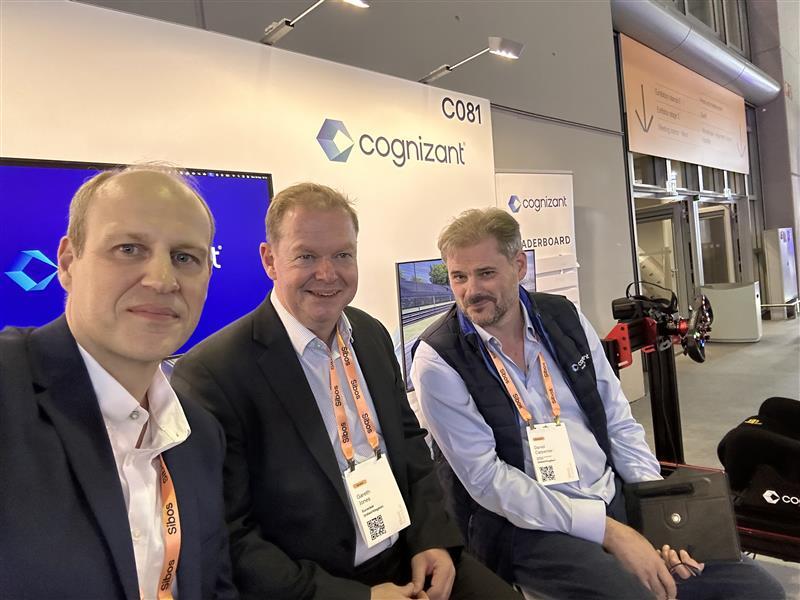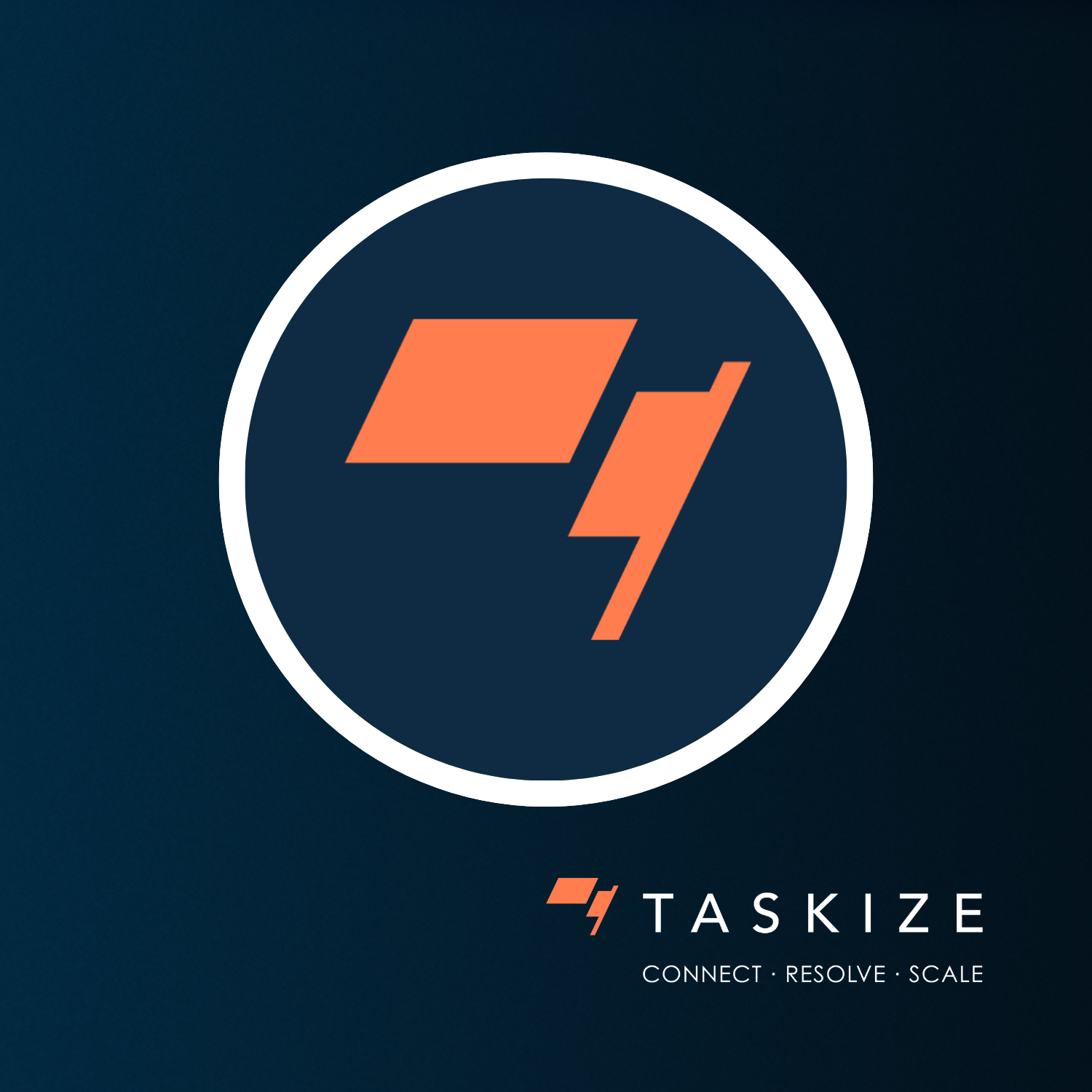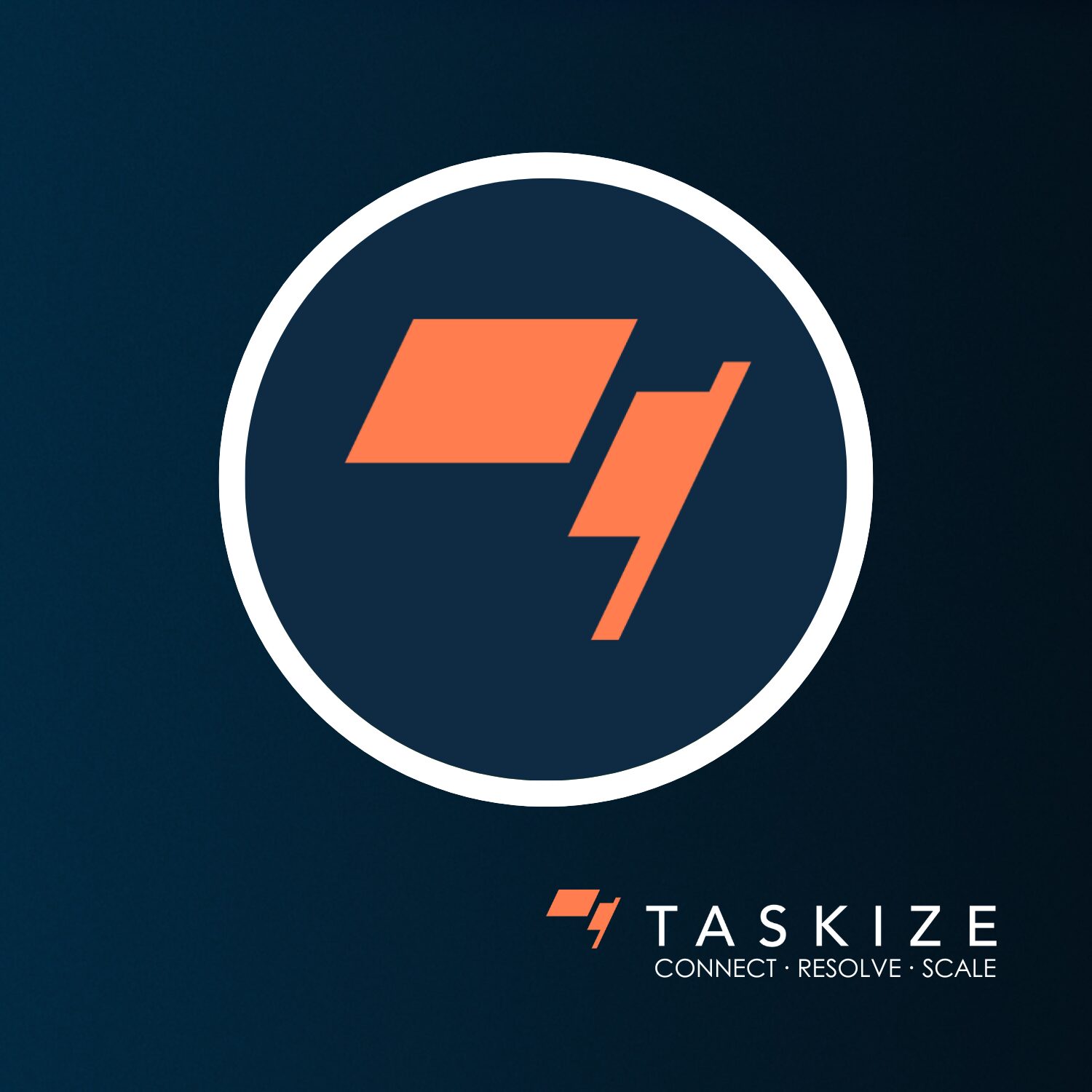Looking back at Sibos 2025 – to roadmap the future of post-trade ops
The imminent arrival of T+1 in Europe and the industry’s ongoing digital transformation agenda dominated the conversations during the Securities Streams at Sibos. After a busy four days in the German financial capital, Taskize’s CEO Diederik Geeraerts takes a look back at what happened at Sibos 2025.
.jpeg?width=2040&height=1536&name=shared%20image%20(3).jpeg)
The waiting is (nearly) over for T+1
In just under two years, trades in Europe will be settling on T+1 – with Swift forecasting that 70% of global settlement volumes will be on T+1 by 2030, up from 35% today. With the clock ticking on T+1, it became clear at Sibos that the industry still has a lot of work to do.
Panellists noted that financial institutions – especially asset managers – are nowhere near as prepared as they ought to be for accelerated settlements. This is underlined by Firebrand Research data, which found that 28% of firms are yet to begin their European T+1 preparations.
“We can’t afford to be complacent in Europe on T+1. T+1 in the US was a massive undertaking, but it was just one market. Europe has 27 markets, each with different regulations and nuances. This is going to be very complex” — Jane Masen, Head of Custody, Securities Services, HSBC.
EU members will often have their own national CSDs, and in some cases, there may be multiple CCPs within the same market – each supporting different asset classes, although 60% of settlement volumes are concentrated within Euroclear.
Despite the existence of a pan-EU settlement platform, Target2Securities (T2S), not all of the regional Financial Market Infrastructures (FMIs) are connected to it, and even those that are, some of them are yet to properly harmonise their systems with the platform’s requirements.
Europe has other idiosyncrasies too, which risk creating challenges for its T+1 implementation.
“One of the biggest differences between the US, UK and Europe is that bond markets in the US and UK settle on T+1, whereas in Europe they settle on T+2. Now with EU bond markets moving to a T+1 cash settlement cycle, this will lead to an important increase in the amount of T+0 repo trading to fund cash market activities” — Gareth Jones, Head of Settlement and Cash Services, Euroclear

L-R: Diederik Geeraerts (CEO, Taskize), Gareth Jones (Head of Product Management, Settlement and Cash, Euroclear), Daniel Carpenter (CEO, Meritsoft)
Settlement fails, according to Firebrand Research, mostly occur because organisations don’t have the correct inventory in place ahead of executing their transactions. Inaccurate data is also a complicating factor.
Remedying these shortcomings will require financial institutions to make some adjustments. Ideally, firms will be using 2026 to refine and automate their operating models and technology stacks, so they’ve got plenty of time to test their systems over the course of 2027.
At an industry level, there also needs to be a bigger push on harmonisation, especially around Standing Settlement Instructions (SSIs) and greater adoption of the Unique Transaction Identifier.
Rather than being seen as an end destination in itself, T+1 should be viewed more in the context as the first step towards T+0. In fact, some firms are even futureproofing their technology infrastructure to prepare for the eventual introduction of atomic settlements, enabled by Distributed Ledgers.
Other structural market reforms are also underway, which people will need to take into account. For example, the US market is consulting on introducing 24/5 trading, whilst the European Central Bank is reviewing whether to lengthen the T2 day and potentially even keep it open at weekends.
All of these initiatives will have a huge impact on the post-trade industry.
Taskize has a proven track record of delivering enhanced automation at firms, allowing businesses to replace email and manual workflows with something more seamless. Not only does this reduce the chances of human errors at firms, but it expedites operational processes, which ultimately translates into cost savings.
Taskize is supporting Euroclear’s EasyFocus+ settlement efficiency platform, which converts settlement and matching data into meaningful insights, allowing firms to take remedial action – resulting in fewer fails, increased settlement efficiency and fewer Central Securities Depositories Regulation (CSDR) penalties.
Digitalisation is the name of the game
Securities markets are increasingly distancing themselves from the old, analogue ways of doing business, in favour of digitalisation.
Firstly, digital assets are starting to gain economies of scale – StableCoins now have a $300 billion market cap, whilst 72% of financial institutions told a study by The Value Exchange that they had issued a digital asset in the last 12 months.
Digital asset growth has been spurred by several things, but it’s mostly a result of positive US regulatory changes, such as the GENIUS Act and the decision by the Securities and Exchange Commission (SEC) to jettison SAB 121, a guideline which previously required banks safekeeping digital assets to record them as being balance sheet liabilities, subjecting them to high risk weighted capital requirements.
But for these flows to keep accelerating at the pace they are, experts at Sibos stressed that digital assets need to be underpinned by standards:
“We are working on a number of digital asset harmonisation initiatives, including the Digital Asset Securities Control Principles” — Stephanie Lheureux, Head of Digital Assets, Excellence Centre, Euroclear
Equally, there needs to be greater interoperability between the traditional and new systems, together with the complex patchwork of different Distributed Ledgers.
“The reality is some people are ready for digital assets and others are not. The big challenge we face is managing the inter-relationships between the tokenised world and the non-tokenised world” — James Pike, Chief Revenue Officer, Taskize.
As other digital changes, e.g. cloud computing, machine learning, and Artificial Intelligence (AI), grow at an exponential pace, they too will present opportunities for innovation, enhance efficiencies and unlock new revenue pools.
During Sibos, Euroclear, Microsoft and Taskize released a joint whitepaper, underscoring how new technologies are reimagining the client and user experience and unlocking the value of data. But to deliver on digital, firms must engage in cross-industry collaboration and partnerships, and also embrace interoperability.
“Know-your-Customer (KYC) checks are a good example of how progress is being made here” — Antonio Queiroz, Chief Digital Officer at Euroclear and Board Chair of Taskize
For many in the industry, KYC is an activity where there are no competitive advantages to be realised, making it an ideal use case for mutualisation. The Euroclear/Microsoft/Taskize paper said that organisations are working together to negate some of the burdensome and duplicative data gathering processes synonymous with KYC. It went on to highlight that Euroclear is developing a global KYC utility and one that is fully enabled by Gen-AI, where legal entities can exchange standardised KYC data, and pre-populate client data accordingly.
These sorts of initiatives will ultimately make life easier for clients and providers alike.
Taskize has a proven track record in facilitating interoperability. By delivering seamless integrations, clients can capitalise on their technology investments, streamline operational processes and address the manual errors that arise when working across multiple platforms.
As disruptive technologies gain traction, the Taskize platform will play a crucial role in facilitating interoperability between new and old, digital and legacy.
The industry is going through some seismic changes – both structural and digital. If organisations are to navigate what lies ahead, they need to collaborate and work with best-in-class providers.
You May Also Like
These Related Stories

T+1 takes precedent at PostTrade 360°

Getting risks in check through automation

No Comments Yet
Let us know what you think